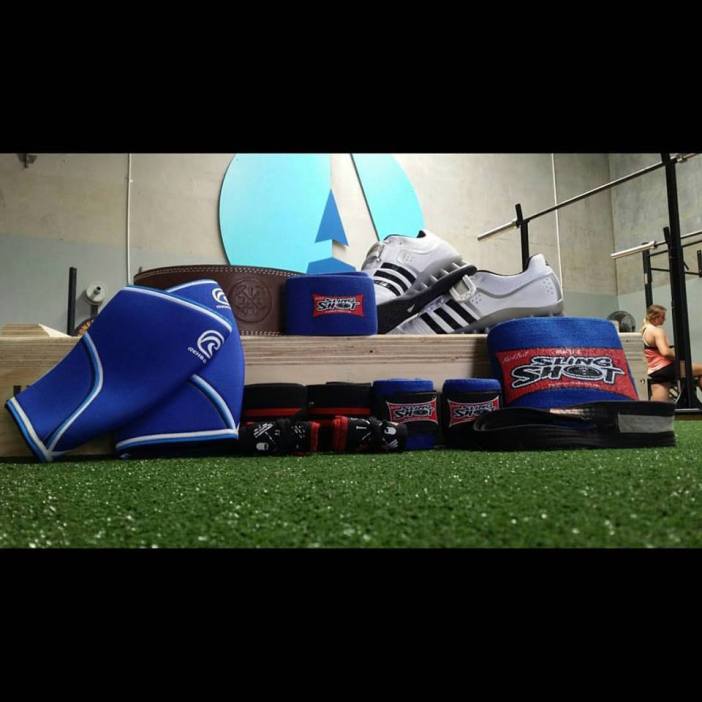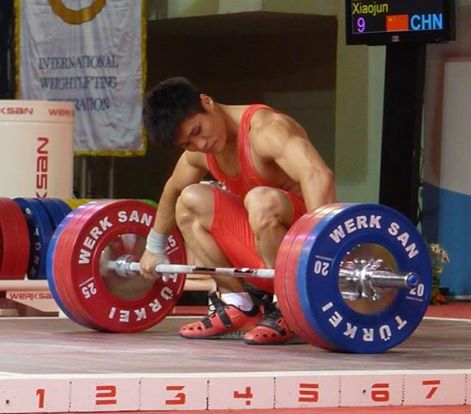🎓 📝 LAB REPORT-365 📝 🎓
#53 Fatigue Management

What is fatigue? In regards to training, fatigue is the state in which our performance is negatively impacted by stressors placed upon us. Fatigue can of course be caused by overtraining, however external factors such as lack of sleep, poor nutrition or stress can also play a significant role.
For those of us who have maintained a training cycle or program at a high level of intensity for a prolonged period of time, we will no doubt have suffered at some stage from fatigue. As an athlete, how do we recognize this occurrence of fatigue and appropriately manage it?
While there are numerous indicators of fatigue, here are some of the more basic and easily recognizable ones:
• Decreased performance (e.g. velocity or strength);
• Decreased work capacity;
• Reduced training motivation;
• Reduced appetite;
• Mood swings / disturbances; and
• Illness and injuries.
So what causes these symptoms and in turn fatigue in our training? Almost all the major external factors are within our control, or at the very least are able to be influenced by a disciplined athlete.
1. Poor or inadequate nutrition – Nutrition itself is a complex topic and specific nutritional advice (incl. meal plans) should only be provided by individuals with the appropriate qualifications and understanding of the athlete and their relevant sport demands. That being said, some basic nutritional facts that all athletes should acknowledge or adhere to include:
a. Fuel your body – If calories expended outweigh caloric intake, you will be in a calorie deficit. For most people, this will lead to underperformance and impact on fatigue. Your calories expended will be determined by intensity, length and frequency of training, as well as other activities throughout your day. See http://www.ausport.gov.au/ais/nutrition/factsheets/basics for some general guidelines.
b. Fuel your body with good food – Whole, nutritious foods such as fruit, vegetables, lean meats, grains and some dairy will not only benefit your health, but provide more effective, sustained levels of energy. While flexibility in an athletes diet is encouraged, avoid making processed food or foods high in sugars and unhealthy fats a primary nutrition source.
2. Inadequate sleep – For most athletes, 6 – 8 hours is the recommended amount of sleep. For those athletes whose activities outside of training are also labour intensive, a short nap or enforced rest period may be necessary. Where possible, avoid disruptive sleeping patterns and try to maintain a consistent schedule.
3. Stress – A factor sometimes outside of our control, minimising stress in our lives plays a big part in fatigue management. Typical sources of stress include work, relationships, or financial issues.
4. Overtraining – Inappropriately constructed training programs will sometimes lead to overtraining, burning an athlete out. Too much volume, repeated high intensity sessions with inappropriate rest, or prolonged training cycles with no de-load are all typical causes of overtraining.
While most of the above is common sense, many athletes believe they are immune to fatigue, or refuse to acknowledge the warning signs. If you’ve noticed a decrease in performance, or any other indicators of fatigue, it might be time to stop and evaluate your current situation – don’t let fatigue have an impact on your performance!

